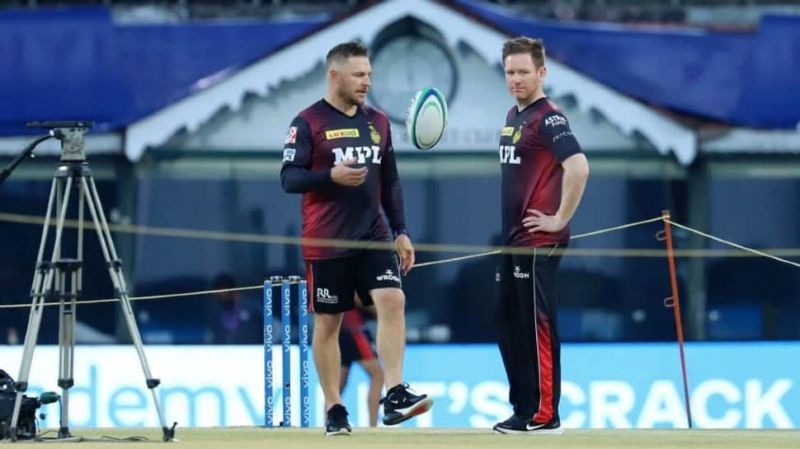
KKR's search for identity faces its toughest test yet
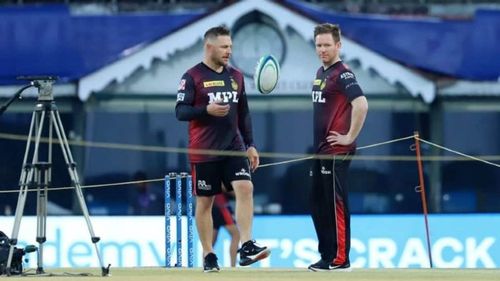
Back in 2008, on the opening day of the IPL, Brendon McCullum’s blitz allowed the Kolkata Knight Riders (KKR) to register the most ideal start imaginable. The Kiwi batter bludgeoned his way to 158* and left the Royal Challengers Bangalore in his wake, meaning that KKR waltzed to victory and laid down an early marker.
Unfortunately, KKR couldn’t build on the momentum and they withered away as the season progressed. Not just because players such as McCullum and Ricky Ponting departed due to international commitments, but also because they seemed to lack a clear blueprint.
Over the next few years, that trend continued as KKR huffed and puffed, often failing to trouble the IPL’s established order and ultimately consigning themselves to a tale of mediocrity. However, when they acquired Gautam Gambhir at the 2011 IPL Auction, things seemed to fall into place almost instantly.
The left-handed batter, who was also India’s vice-captain at the time, brought much more clarity to the KKR fold and by the time he departed, had led the franchise to two IPL crowns – each achieved with the sort of bravado and panache team owner Shahrukh Khan had always wanted.
In simpler words, the counter-attacking philosophy and the trait of never backing down, even in the most adverse circumstances, became KKR’s mantra and much like their captain, it defined their finest hours in the competition.
Thus, it was quite startling that KKR decided to not tie Gambhir down to another contract when the 2018 mega auction came around. While that was understandable (to an extent) considering his cricketing prowess was on the wane, the franchise have not managed to replace Gambhir’s personality and leadership, meaning that they’ve shuffled through various captains, only for that pursuit to prove futile each time.
Dinesh Karthik – a cricketer who has frequently switched franchises, was handed the reins after his acquisition in 2018. He, though, only lasted two and a half unsuccessful seasons, with KKR pulling the trigger mid-way through the 2020 edition.
More importantly, that decision, which saw Eoin Morgan appointed skipper, seemed to hint at a much brighter and clearer horizon. Not just because the Englishman has distinguished himself on the international stage, but also because his firebrand style of cricket is just what KKR have craved since Gambhir’s departure.
So far, that particular tweak has not borne the fruit KKR would’ve expected, meaning that with only 8 games remaining in this IPL season, the franchise again find themselves in turmoil. The alarming bit, though, is that KKR, much like they did in the dark ages of 2008-2011, seem to have developed a tryst with their identity.
Ever since his ascent to the English captaincy throne, Morgan has professed a fearless brand of cricket. His batters haven’t been afraid to throw caution to the wind and while that has led to some astonishing collapses, he has never wanted them to curb those instincts.
McCullum also preaches something similar, meaning that there shouldn’t be any conflicts between the captain and the coach. The problem, however, is that Morgan’s charges have failed to take on board the new philosophy. Instead, they’ve put forth a relatively old-school style of cricket, with the top order, in particular, being guilty.
KKR struggled with the bat in IPL 2021
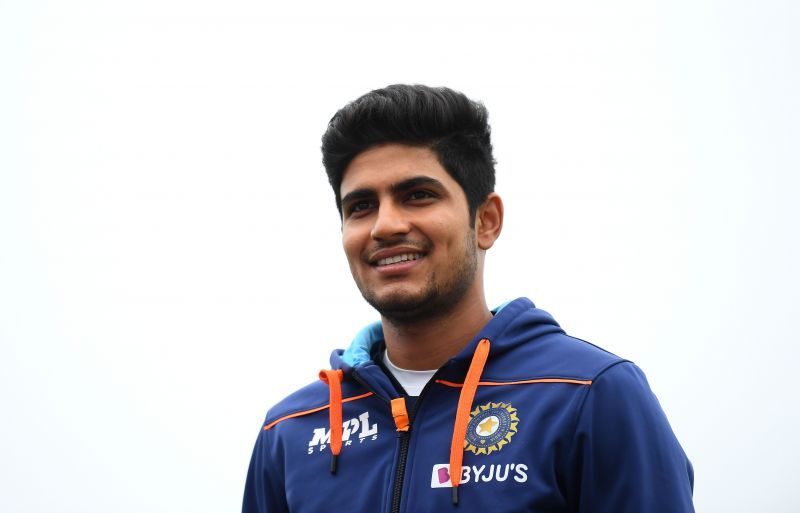
In his brief international career, Shubman Gill has offered glimpses of his undeniable talent. In the IPL, though, he hasn’t had the kind of impact he would’ve envisioned. Nitish Rana, too, hasn’t set the world ablaze, whereas Rahul Tripathi has also blown hot and cold.
Through the first half of the IPL, KKR were hell-bent on using Gill and Rana as their primary opening pair. Prima facie, it seemed an inspired move, considering a left-right combination is always deemed handy at the top. As hours ticked by, it seemed anything but.
Not only because both deployed congruent methods, but also because they sucked the momentum out of the innings completely.
Throughout his T20 career, Gill has scored 480 runs in the Power Play. Those runs have come at an average of 40, which is acceptable. But the strike rate, which hovers around the 120-mark, is quite problematic. Rana, meanwhile, scores at a strike rate of 114.03 in the first six overs, meaning that brisk starts for KKR are as common as a blue moon.
Moreover, the aforementioned batters aren’t very destructive in the middle overs. Had they been belligerent post the Power Play, their tendency to start off slow could’ve been offset. However, with them not carving open bowling attacks after the field restrictions, it puts unnecessary pressure on those around them.
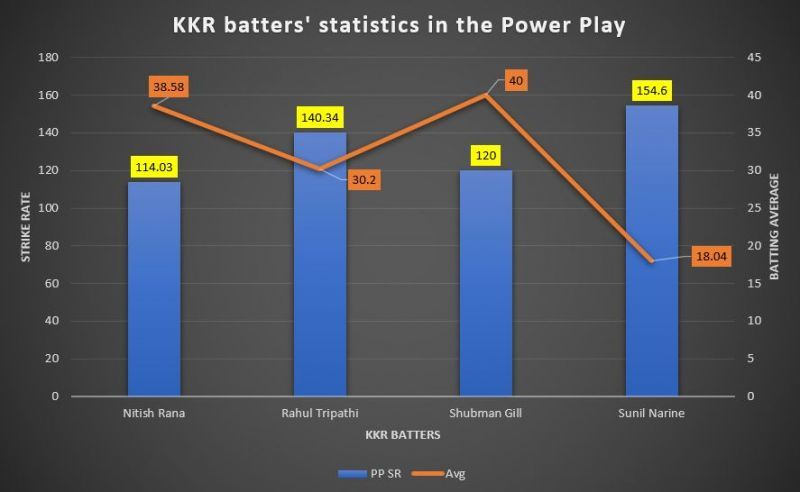
The solution to that quandary could lie in the promotion of either Rahul Tripathi or Sunil Narine, who strike at 140.34 and 154.6, respectively. While both have a slightly lesser average, as compared to Gill and Rana, they aren’t averse to taking risks – a quality KKR are in dire need of.
That, though, opens up another can of worms because Gill and Rana aren’t great starters against spin, meaning that they can’t realistically be accommodated in KKR's middle order.
Gill, in particular, is trying to employ the Babar Azam and Virat Kohli school of T20 batting, which effectively revolves around taking time at the start and then teeing off.
When Babar and Kohli do it, though, they rarely get dismissed in the middle overs – something that an average of 56.38 and 45.68 testifies for. Gill, in comparison, averages 31.46, which incidentally is lower than his average in the Power Play, suggesting that he eats up a chunk of deliveries without capitalizing.
Additionally, Babar and Kohli’s strike rate increases gradually as they bat through the innings. That, in combination with their fabulous strike rate means that they rarely put their teams in a situation worse than what they encountered when marking their guards.
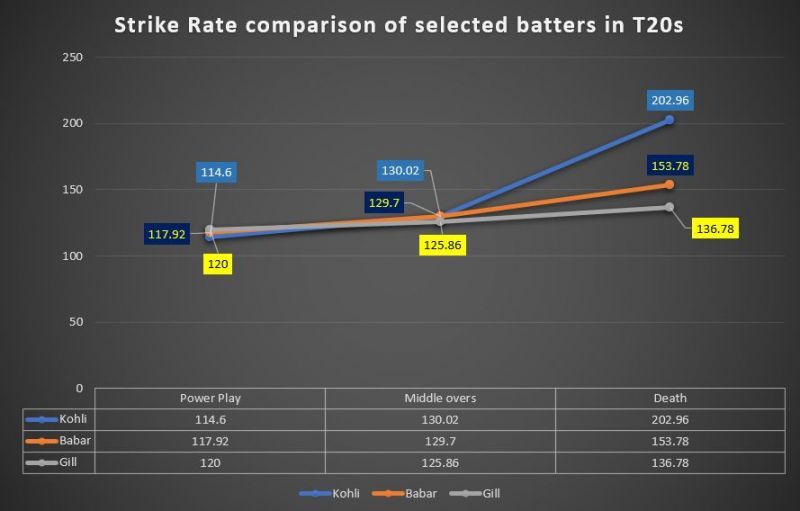
Even in 2020, when Gill was KKR’s highest run-getter (440 runs), his strike rate (117.96) was the third-lowest for all batters to have scored more than 200 runs. In T20 cricket, the raw number of runs don’t matter as much. Instead, the rate at which those are scored gain greater importance.
Furthermore, Gill and Rana’s proclivity to eat up balls assumes enormous proportions, considering KKR have the likes of Andre Russell, Dinesh Karthik and Morgan to follow. Each is blessed with extraordinary hitting ability and has the potential to grab matches by the scruff of their necks.
To place things into context, Russell strikes at 204.3 at the death, whereas Karthik and Morgan’s corresponding tallies are 186.76 and 193.93, respectively.
Yet, they’ve almost always had too much to do – something that has been detrimental to their consistency and has also not allowed them to have the kind of impact they are capable of.
As far as Morgan is concerned, this is unchartered territory, for he generally skippers an England side that comprises of Messrs. Jason Roy, Jonny Bairstow and Jos Buttler. Buttler and Roy, by the way, strike at 147.04 and 140.18 in the Power Play, respectively. Bairstow, while only striking at 127.77 in the first six overs, makes up for it with a strike rate of 140.43 in the middle overs.
Things are a little better on the bowling front for Morgan but the fact remains that their batting unit simply needs to pull up its socks and not be “paralyzed by fear” as McCullum put it.
Not only do they have to evolve a mechanism to score more runs and do it more freely, they have to ensure that they embrace McCullum and Morgan’s philosophy because it seems clear neither wants to budge on it.
From an overall standpoint, it seems quite poetic that McCullum – the man who gave a sneak peek into what promised land looks like for KKR, now has to reestablish the identity that he stands for and the identity that Gambhir injected during the mid-2010s.
For Morgan, it is just another assessment of how he can (if at all) completely overhaul an existing system and infuse it with the bravado, fearlessness and panache he has been associated with, and KKR wants to become synonymous with.
Is IPL 2021 the toughest test in KKR’s search for identity then? It could well be!



